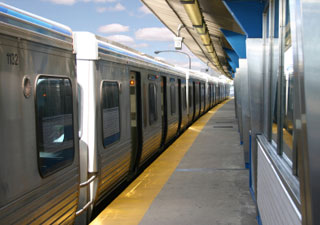Media
Turnpike Tolls Totally to Transit?
 Amid all the budget turmoil, PA Independent notes the Governor’s Transportation Funding Advisory Commission is looking to use tolls on Turnpike drivers—those going to the state as part of the Act 44 payments—entirely to fund transit programs (mostly in Philadelphia and Pittsburgh).
Amid all the budget turmoil, PA Independent notes the Governor’s Transportation Funding Advisory Commission is looking to use tolls on Turnpike drivers—those going to the state as part of the Act 44 payments—entirely to fund transit programs (mostly in Philadelphia and Pittsburgh).
Under current law, the Pennsylvania Turnpike Commission must transfer $450 million annually from its tolling revenue to PennDOT with $200 million going to highways and $250 million for mass transit. The advisory commission will recommend using all $450 million for mass transit, with the loss in highway funding being made up by other recommendations being pressed by the commission. …The Pennsylvania Turnpike Commission has increased tolls in each of the past three years, ranging from a 25-percent increase in 2009 to a 3-percent increase in 2011. Tolls will increase for each of the next 46 years as part of the annual stream of revenue between the Pennsylvania Turnpike Commission and PennDOT.Schoch said 70 percent of the turnpike’s toll revenue comes from the state’s urban areas, making the transfer of toll dollars to mass transit a worthwhile move. “The idea is that we’re charging people in the urban areas a little more to make the choice to drive rather than ride transit, and that money is going to go back to those urban areas for transit investment,” Schoch said.
Should motorists be charged for the cost of a service they are choosing not to use, rather than charging transit riders for the cost of government they do use? We’d suggest rather than charge drivers to transit, local governments should actually charge transit riders.
Moreover, as we’ve noted many times before, the 2006 transportation commission report read:
The Commission concludes that no additional funding should be provided for highways, bridges and transit unless a series of parallel actions are taken to reform funding structure and a number of transportation business practices.
Note the result was massive additional funding (and additional debt) and no reforms. We, of course, have a slew of ideas on how to spend transportation dollars better, including the necessity of reforming mass transit rather than just throwing more money at a broken system.